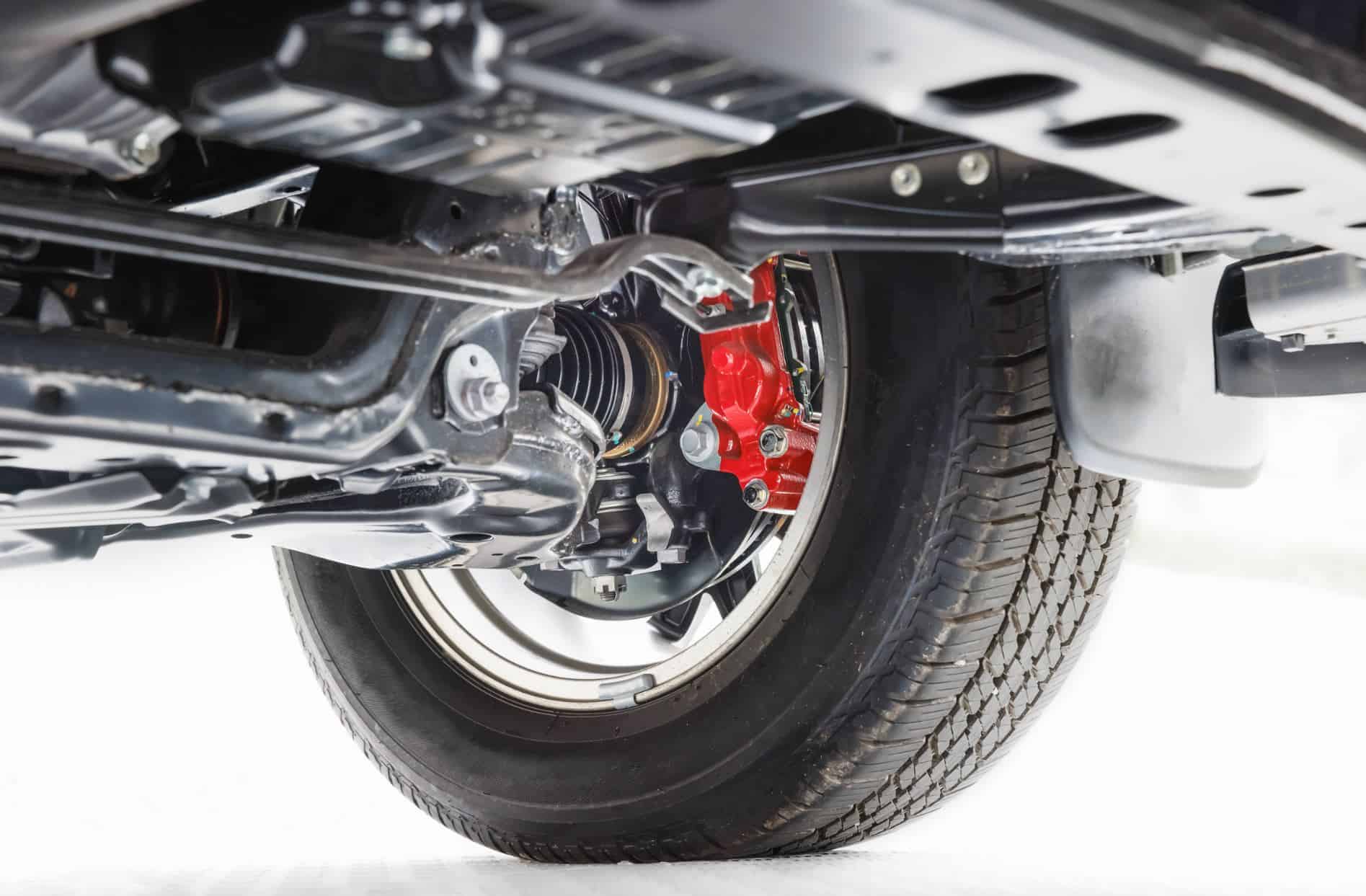What Does Structural Damage Mean On A Car

Understanding the term "structural damage" in the context of automobiles is crucial for anyone involved with cars, whether you're a seasoned mechanic, an enthusiastic hobbyist, or simply a car owner. Structural damage goes beyond mere cosmetic imperfections; it signifies a compromise in the vehicle's core integrity, potentially affecting its safety, handling, and overall value.
Defining Structural Damage
At its heart, structural damage refers to any deformation or weakening of the vehicle's unibody or frame. This isn't just a dent in the fender or a scratch on the paint; it's damage that impacts the load-bearing components designed to protect occupants in a collision and maintain the vehicle's geometry. Think of it like the foundation of a house – if the foundation is cracked or shifted, the entire structure is compromised.
In older vehicles, particularly those built before the widespread adoption of unibody construction, a separate frame typically supported the body. Structural damage in these vehicles often involves bending, cracking, or rusting of the frame rails. In modern cars, the unibody integrates the frame and body into a single, stressed unit. Damage to critical areas of the unibody, such as the A-pillars, B-pillars, frame rails, or rocker panels, constitutes structural damage.
Causes of Structural Damage
The most common cause of structural damage is, unsurprisingly, collisions. Even seemingly minor accidents can impart enough force to bend or warp the vehicle's frame or unibody. However, accidents aren't the only culprit. Other potential causes include:
- Severe rust: Extensive corrosion can weaken the structural integrity of the metal, particularly in areas prone to moisture and road salt exposure.
- Improper repairs: Attempting to repair collision damage without the proper equipment or expertise can actually exacerbate the problem, creating hidden weaknesses.
- Manufacturing defects: Though rare, manufacturing flaws in the welding or assembly process can lead to structural weaknesses that manifest over time.
- Extreme stress: Repeatedly subjecting a vehicle to extreme stress, such as off-roading beyond its design limitations or carrying excessive loads, can eventually lead to structural fatigue and failure.
Identifying Structural Damage
Detecting structural damage isn't always easy, particularly if the damage is subtle or hidden beneath body panels. Some common indicators include:
- Visible bends or creases in the frame or unibody: This is the most obvious sign, but it requires a careful inspection, often with the vehicle raised on a lift.
- Uneven tire wear: If one tire is wearing much faster than the others, it could indicate misalignment caused by a bent frame.
- Handling problems: A vehicle with structural damage may not track straight, may pull to one side, or may feel unstable during cornering.
- Misaligned body panels: Gaps between body panels that are larger or uneven could suggest that the underlying structure is distorted.
- Rust in critical areas: As mentioned earlier, extensive rust can compromise structural integrity.
- Cracked or peeling paint: In some cases, stress on the underlying metal can cause paint to crack or peel.
A professional inspection by a qualified mechanic or body shop is essential for accurately assessing the extent of any suspected structural damage. They will use specialized tools like frame machines and measuring devices to identify any deviations from the vehicle's original specifications.
The Implications of Structural Damage
Living with structural damage carries several significant implications:
- Safety: A vehicle with structural damage is less capable of protecting its occupants in a collision. The compromised frame or unibody may not absorb impact energy as effectively, increasing the risk of serious injury.
- Handling: Structural damage can negatively impact the vehicle's handling and stability, making it more difficult to control, especially in emergency situations.
- Value: Vehicles with structural damage are worth significantly less than comparable vehicles without such damage. A salvage title, often issued to vehicles deemed a total loss by insurance companies due to structural damage, further reduces the value and can make it difficult to obtain insurance or financing.
- Repair costs: Repairing structural damage can be expensive, often requiring specialized equipment and skilled labor. In some cases, the cost of repairs may exceed the vehicle's value.
In conclusion, understanding what constitutes structural damage and being able to identify its potential signs are crucial for making informed decisions about vehicle purchases, repairs, and overall safety. Always prioritize a thorough inspection by a qualified professional if you suspect your vehicle may have suffered structural damage.
